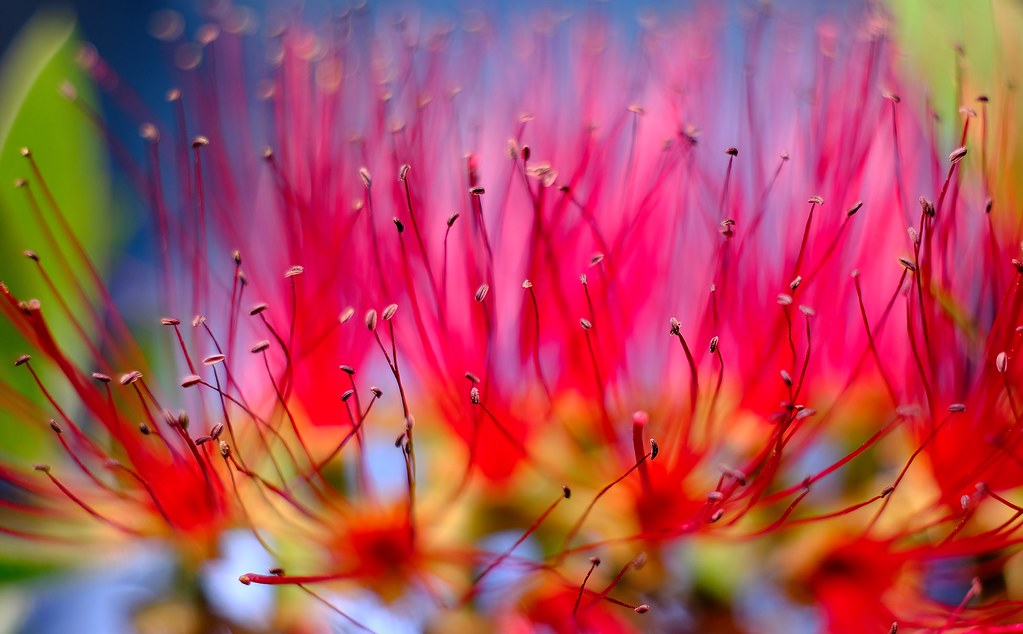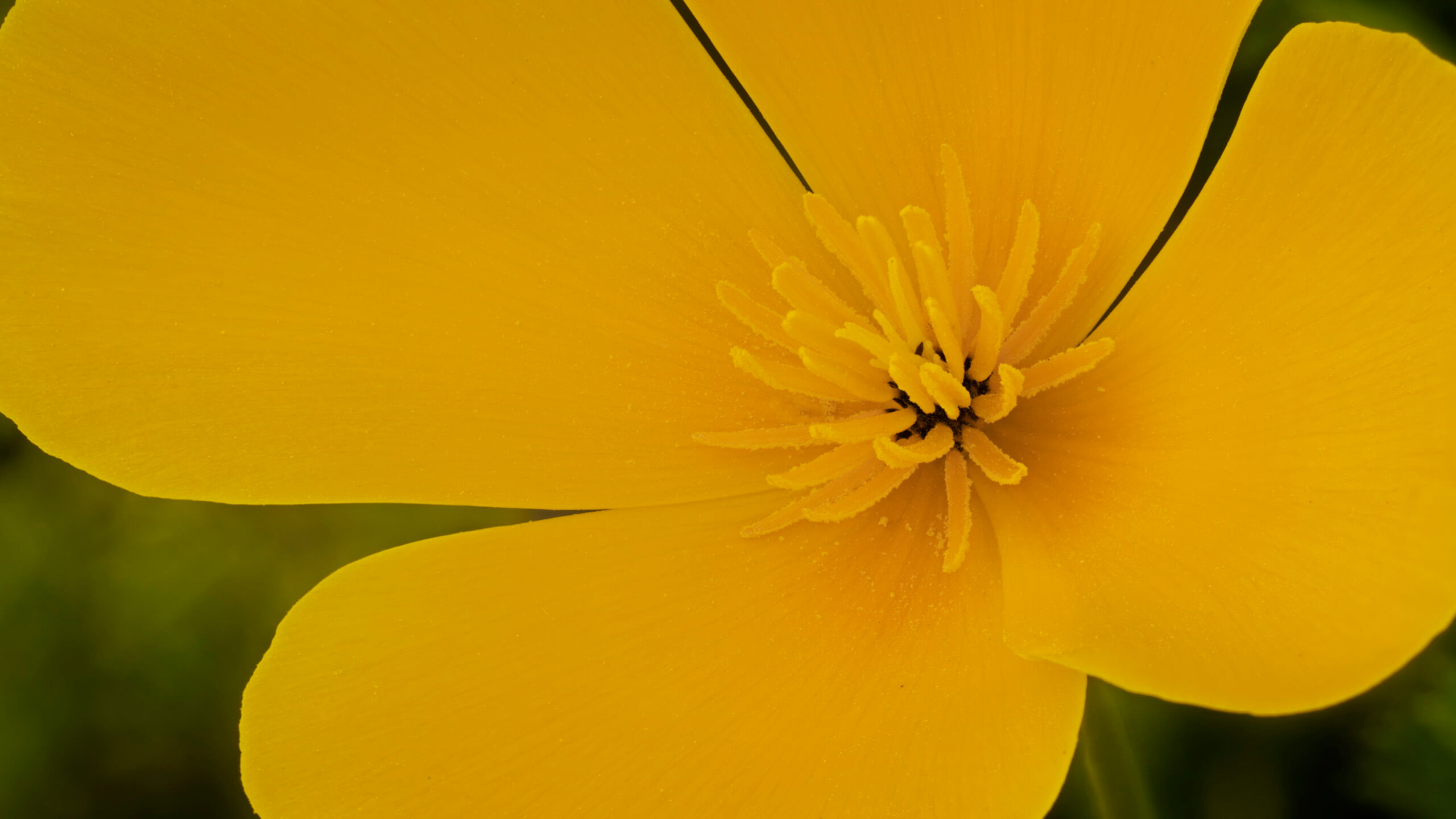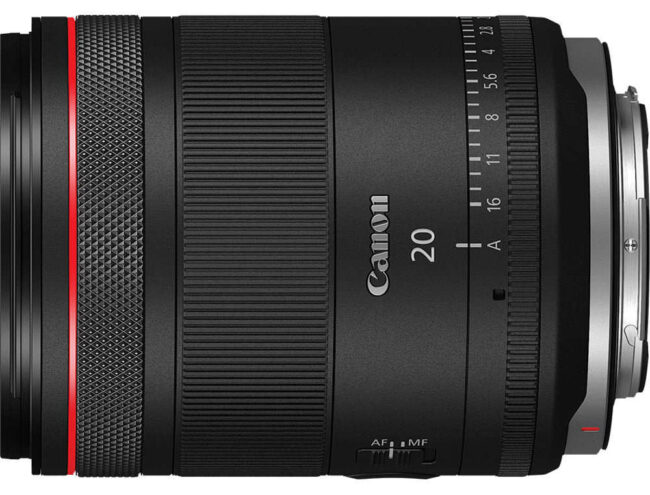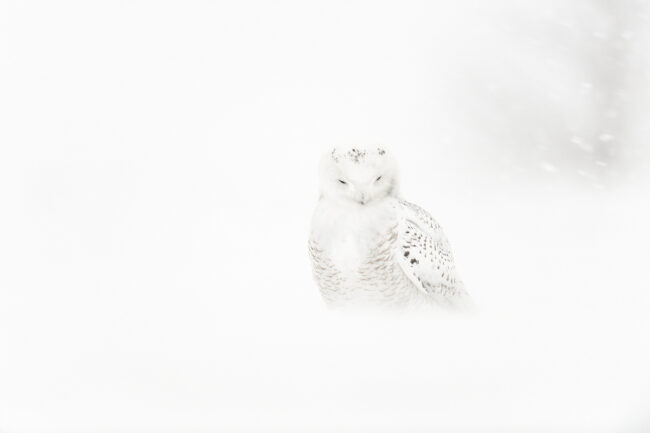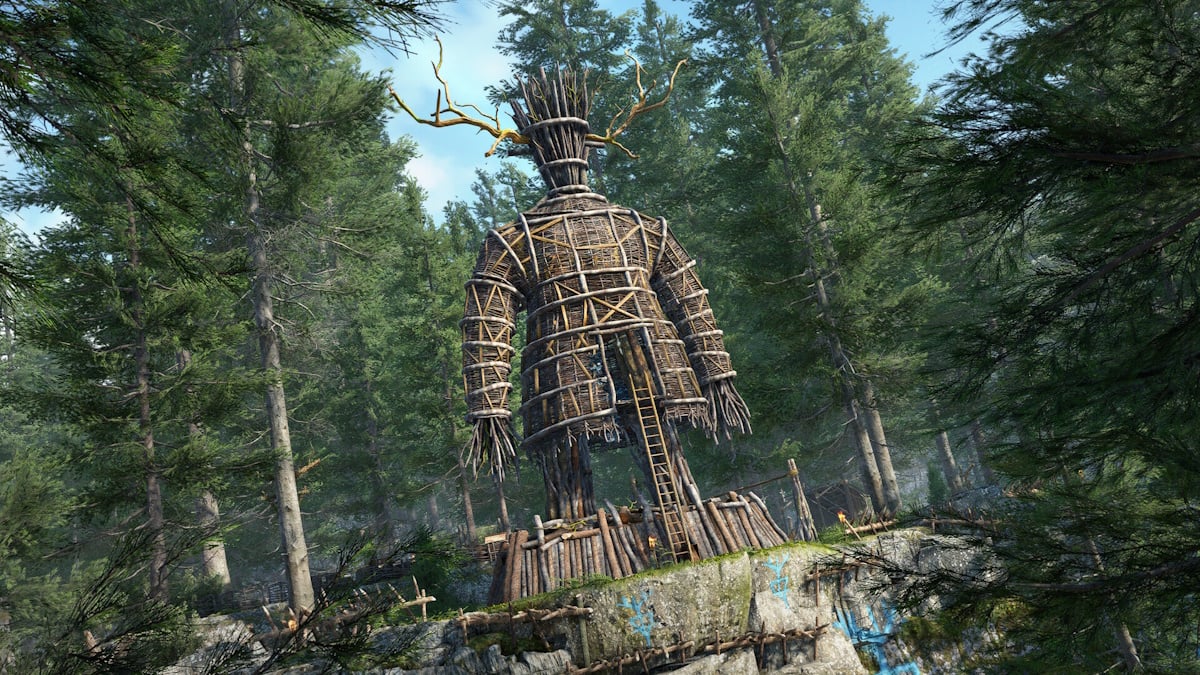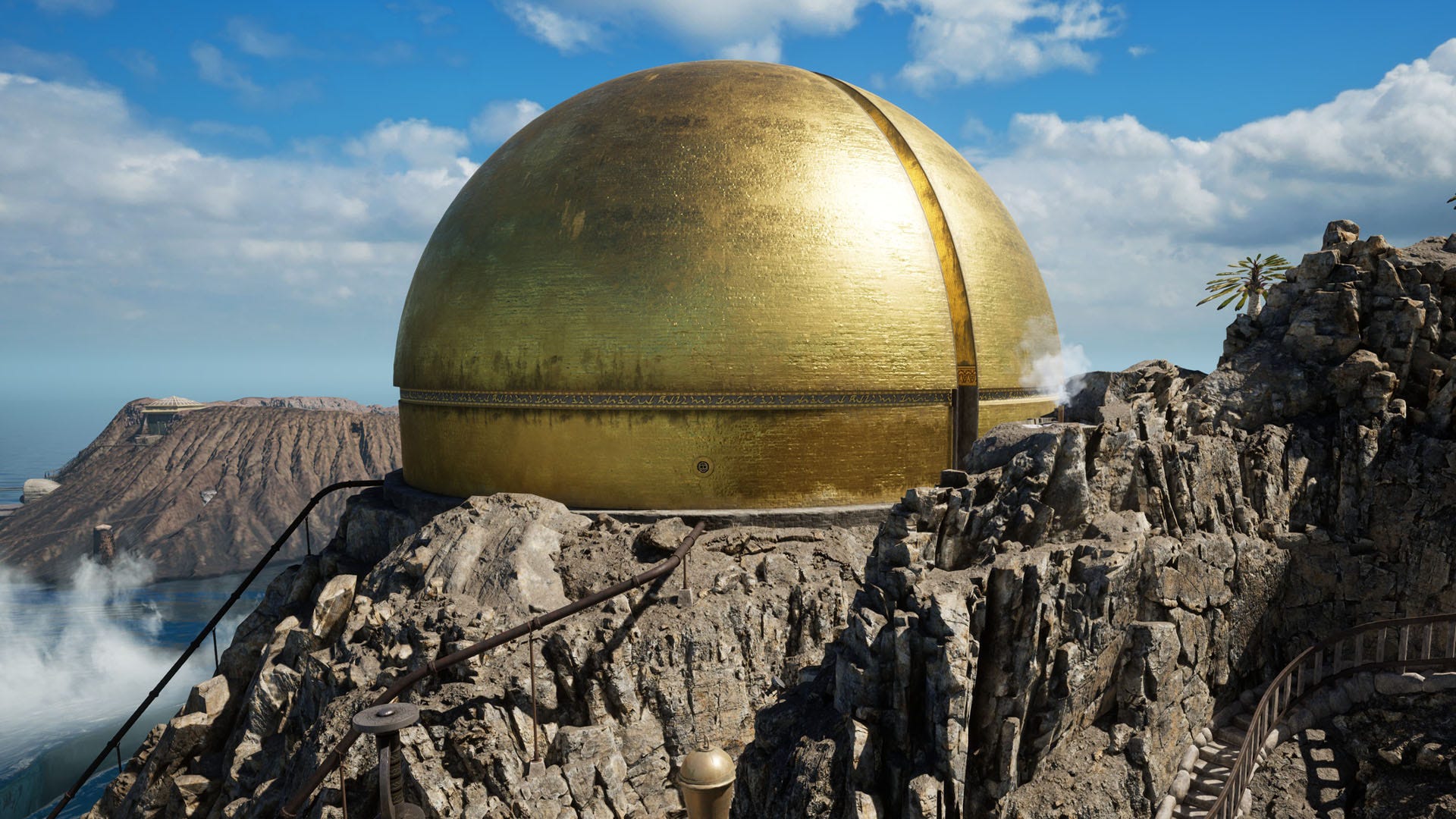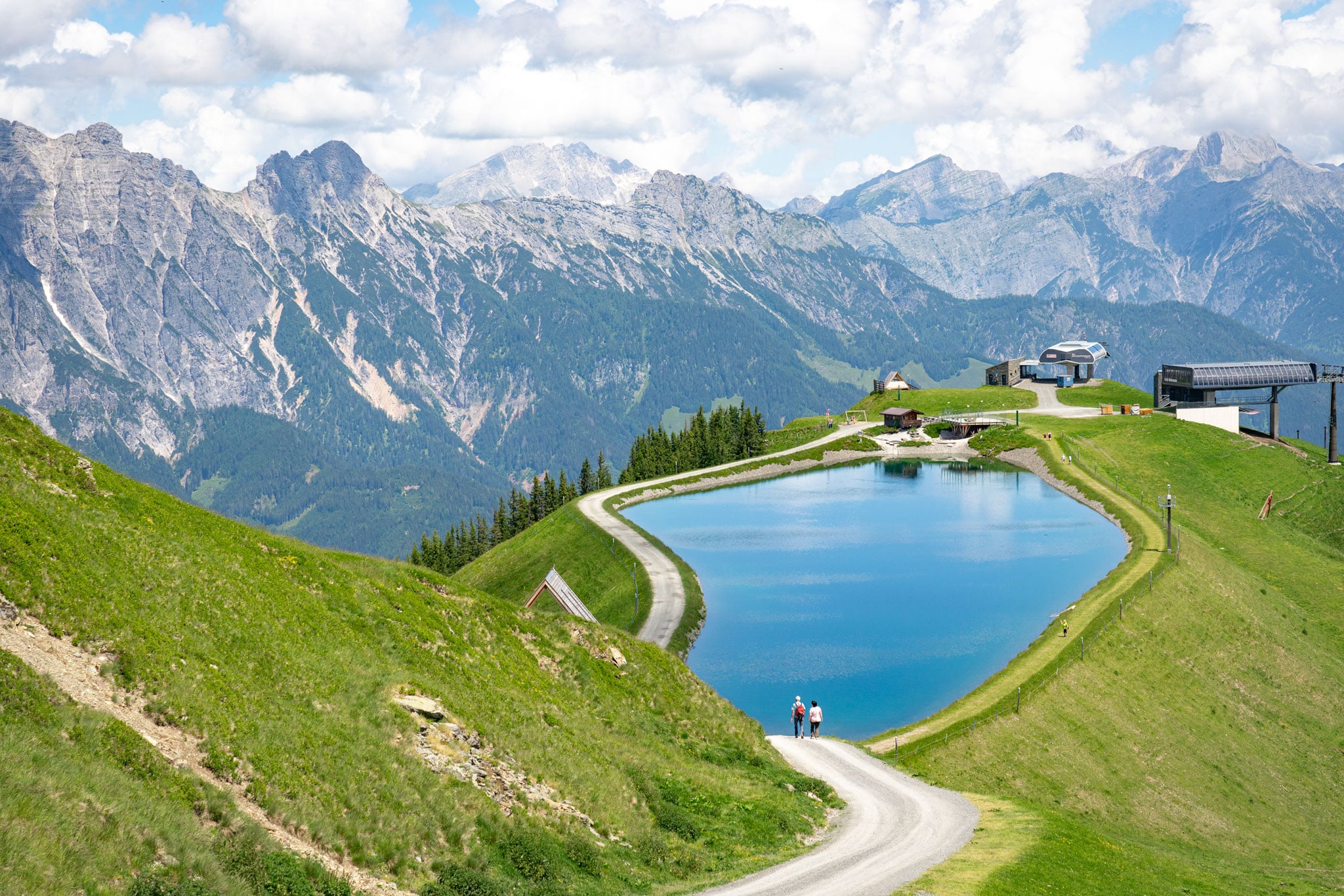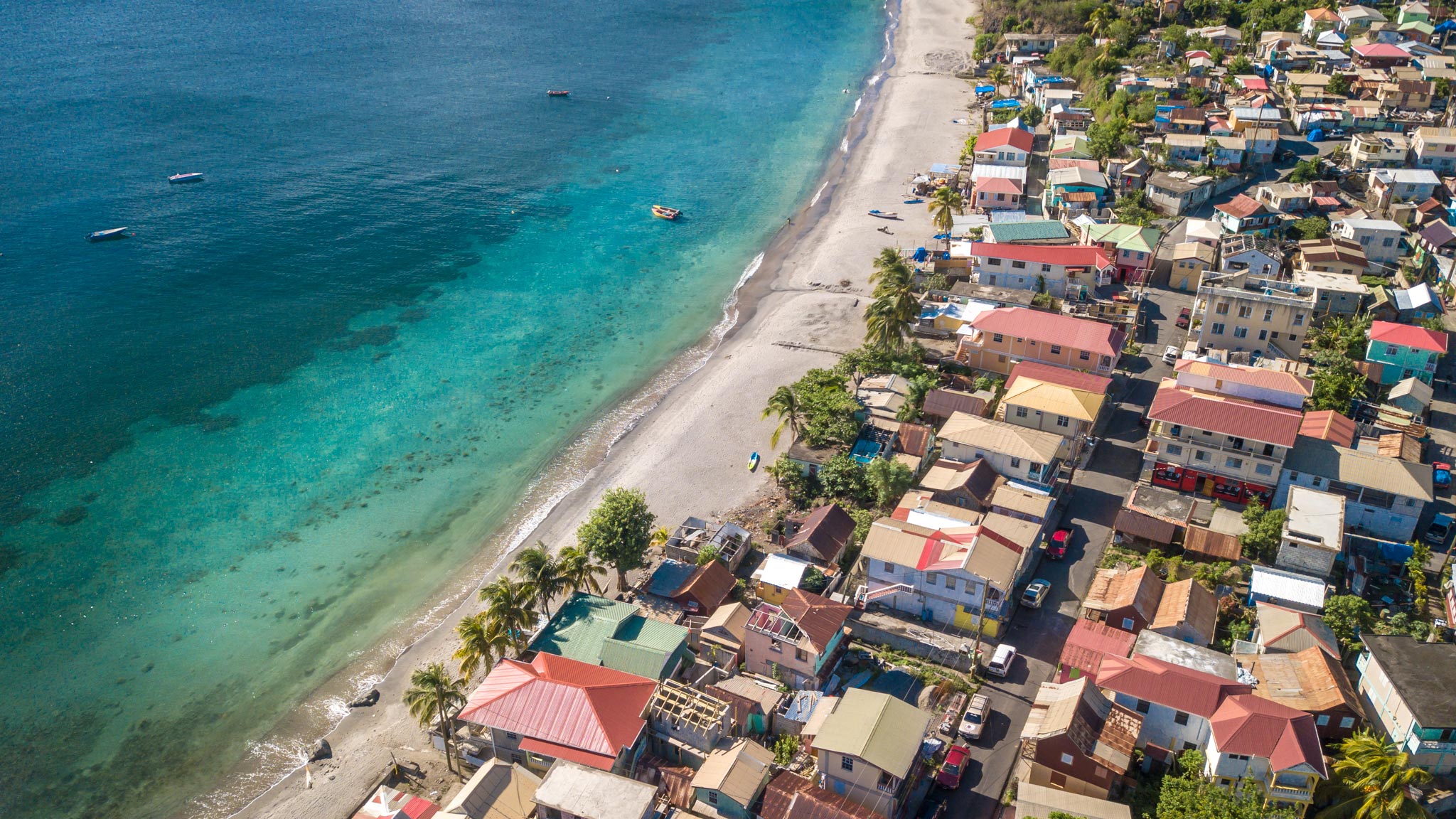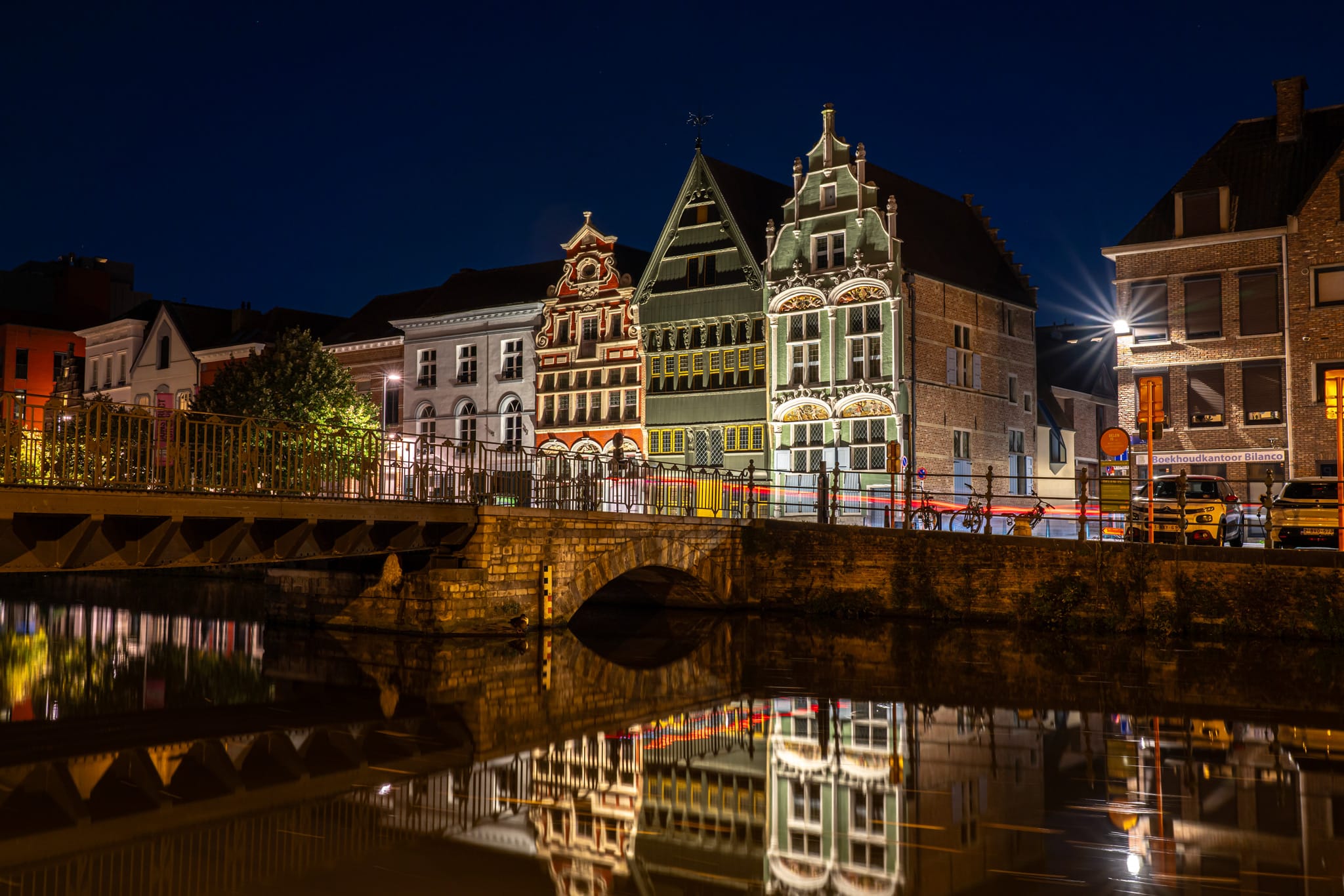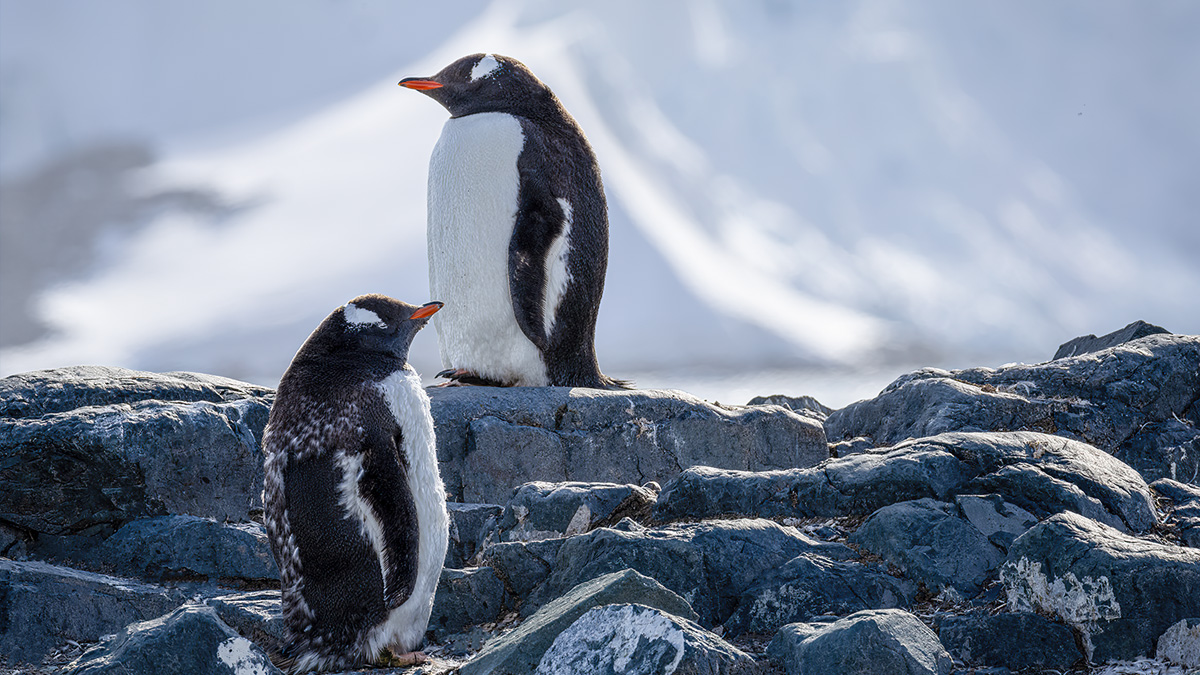The top 12 national parks in the United States
The United States offers 63 national parks, from rugged coastlines to vast grasslands and towering forests. Here are our top picks.

The American writer Wallace Stegner famously called national parks “the best idea we ever had.” He was right. Across the United States, 63 national parks preserve some of the continent’s wildest places and most spectacular landscapes, from soaring mountains and fantastically sculpted canyons to rugged coastlines, vast grasslands and towering forests – all of which provide habitat for an equally varied array of wildlife.
With so much beauty and diversity, choosing the very best national parks in the United States is a subjective and nearly impossible task, but here are 12 national parks in the contiguous 48 states that should definitely be high on your list. (Alaska’s parks merit a category of their own, as do the four island parks – Hawaii Volcanoes, Haleakala, US Virgin Islands and American Samoa.)
Due to staffing cuts, the National Park Service is stretched this year. Travelers can expect longer wait times, fewer services and the potential closures of certain areas. Stay prepared with this guide. Note that some very popular parks (including Mount Rainier, Glacier and Arches) have implemented a system of timed entry reservations during the summer high season. To avoid any disappointment, check in advance if this applies to any parks you're visiting.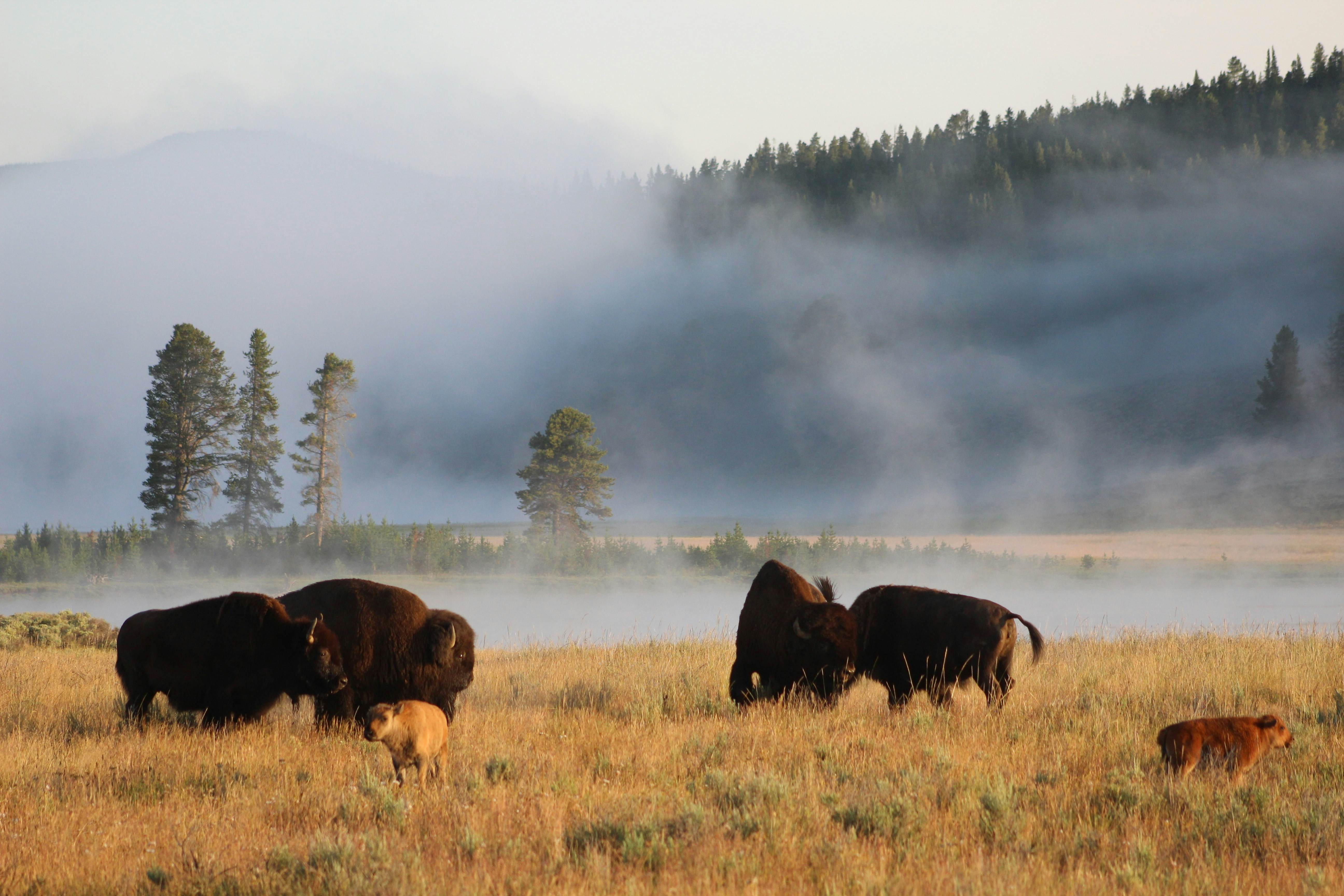
1. Yellowstone National Park
Best for iconic wildlife and geothermal attractions
The world’s first national park, Yellowstone preserves a diverse ecosystem that includes rugged mountains, lakes and grasslands where great herds of bison graze along with moose, elk and deer. With luck, you may spot one of the park’s wolves or grizzly bears, though black bears are more commonly seen. Yellowstone is also known for its geothermal wonders, which include hot springs, mud pots, fumaroles and nearly 60 percent of the world’s geysers. The most famous, Old Faithful, erupts approximately 20 times per day at semi-regular intervals. Other scenic highlights include the Grand Canyon of Yellowstone, through which the Yellowstone River tumbles in a series of dramatic waterfalls.
2. Grand Canyon National Park
Best for awe-inspiring geology
The US has many spectacular canyons, but there’s a reason the name Grand Canyon was given to this particularly splendid natural wonder. Carved by the winding Colorado River to depths of well over a mile in places and up to 18 miles across, the Grand Canyon stretches 277 miles through the high desert of northwestern Arizona, its exposed layers of sediment ranging from warm pink and brown hues to rich shades of red and gold. The South Rim has easier access and more visitor facilities than the more remote, less visited North Rim. If you’re up for an adventure, hike into the canyon or take a guided ride down on a mule. Rafting trips down the Colorado River are another amazing way to experience the canyon from within. 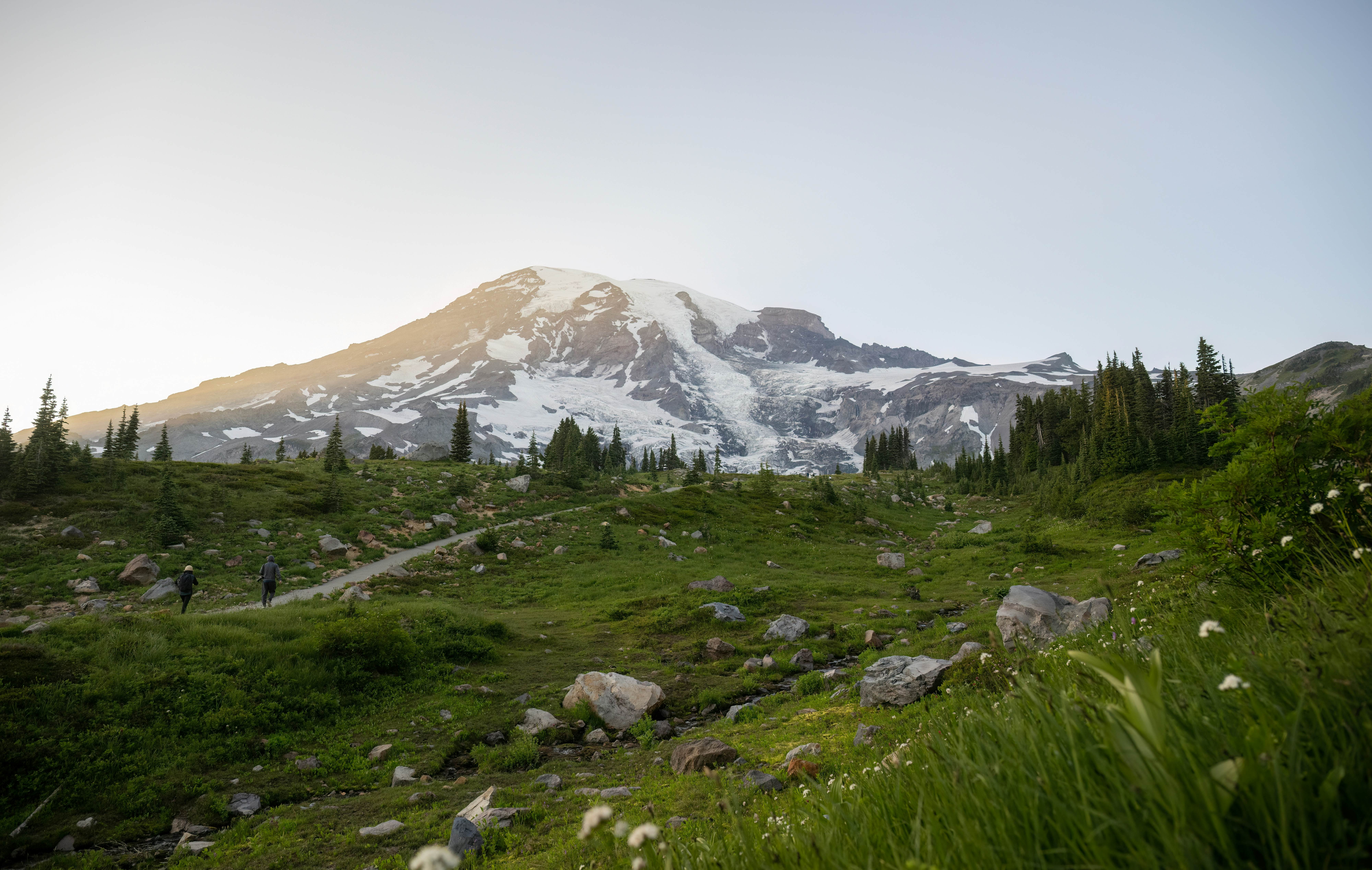
3. Mt Rainier National Park
Best for alpine activities and wildflowers
Rising 14,411ft above the surrounding lowlands, Mt Rainier is the highest peak in Washington state, the fifth-highest in the United States, and the most glaciated mountain in the lower 48. It’s the centerpiece of its namesake national park, where waterfalls spill over rocky precipices and hiking trails wind through old-growth forests and subalpine meadows to tranquil lakes and panoramic viewpoints. In summer, wildflowers burst into brilliant bloom, while autumn brings more glorious color as the park’s deciduous trees and bushes turn vibrant shades of red and gold. As you drive the park’s winding roads and hike its many trails, watch for wildlife such as elk, deer, black bear, marmot and a wide variety of birds.
4. Olympic National Park
Best for diverse landscapes
Covering nearly one million acres on Washington’s Olympic Peninsula, this largely roadless park stretches from the wild Pacific coast to the jagged peaks of the snow-capped, thickly forested Olympic Mountains. Drive the road up to Hurricane Ridge for panoramic views, alpine hiking trails, summer wildflowers and winter skiing. West of the mountains is a lush temperate rainforest with huge hemlock, fir, spruce and cedar trees covered with mosses, ferns and lichens. Hike the trails in the Hoh or Quinault areas and admire the many shades of green as you look for Roosevelt elk and other wildlife. The park’s coastal strip is a great place to walk on pristine beaches punctuated with dramatically eroded sea stacks, peer into tidepools, watch for marine wildlife or marvel at the drama of a winter storm.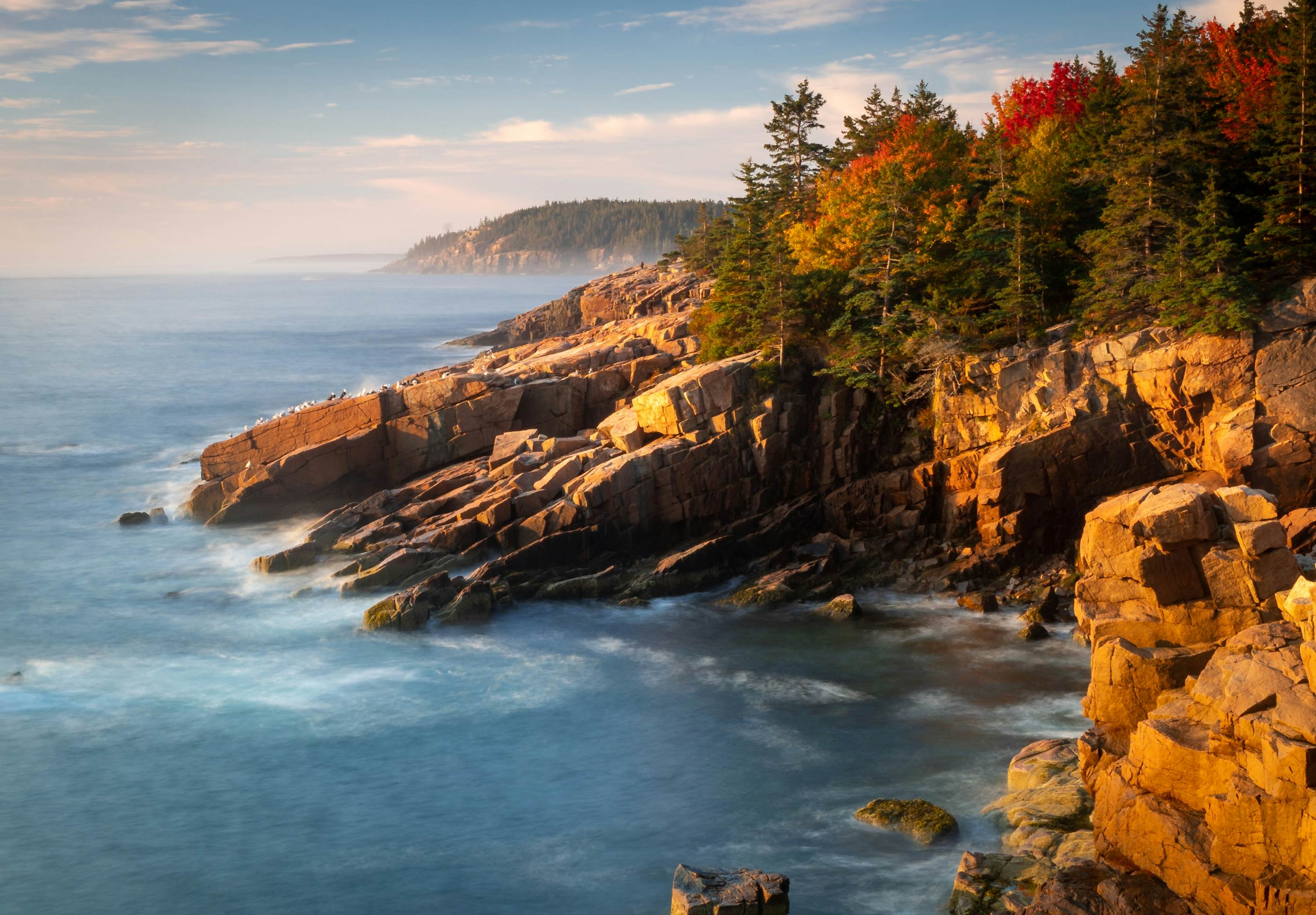
5. Acadia National Park
Best for rugged coastal scenery
The only national park in the northeastern United States, Acadia National Park is a gorgeous slice of classic New England, with a deeply indented rocky coastline, rounded ancient mountains, picturesque lighthouses and fishing villages dotting the natural harbors. Hiking trails wind through cool, moist forests that represent a transition zone between the northern boreal forest and the deciduous forests typical of more southerly parts of the region. Circumnavigate a tranquil lake, hike up a mountain or along the coast, or rent a bicycle and explore 45 miles of car-free carriage roads. The park’s highest peak, 1530-ft Cadillac Mountain, commands sweeping views of the coast and is particularly popular at sunrise and sunset.
6. Yosemite National Park
Best for iconic hiking and climbing
Naturalist John Muir and photographer Ansel Adams both found inspiration in the magnificent scenery of Yosemite National Park, home to the highest waterfall in North America – 2425-ft Yosemite Falls – as well as iconic rock formations such as the massive Half Dome, which towers 4800ft above the surrounding valley, and the sheer wall of El Capitan. The park continues to exert a magnetic pull on modern-day visitors with its glorious landscapes. Ninety-four percent of the park is designated wilderness and many waterfalls; year-round recreational opportunities that include world-class climbing, hiking and biking; as well as snowshoeing, skiing and ice skating in winter.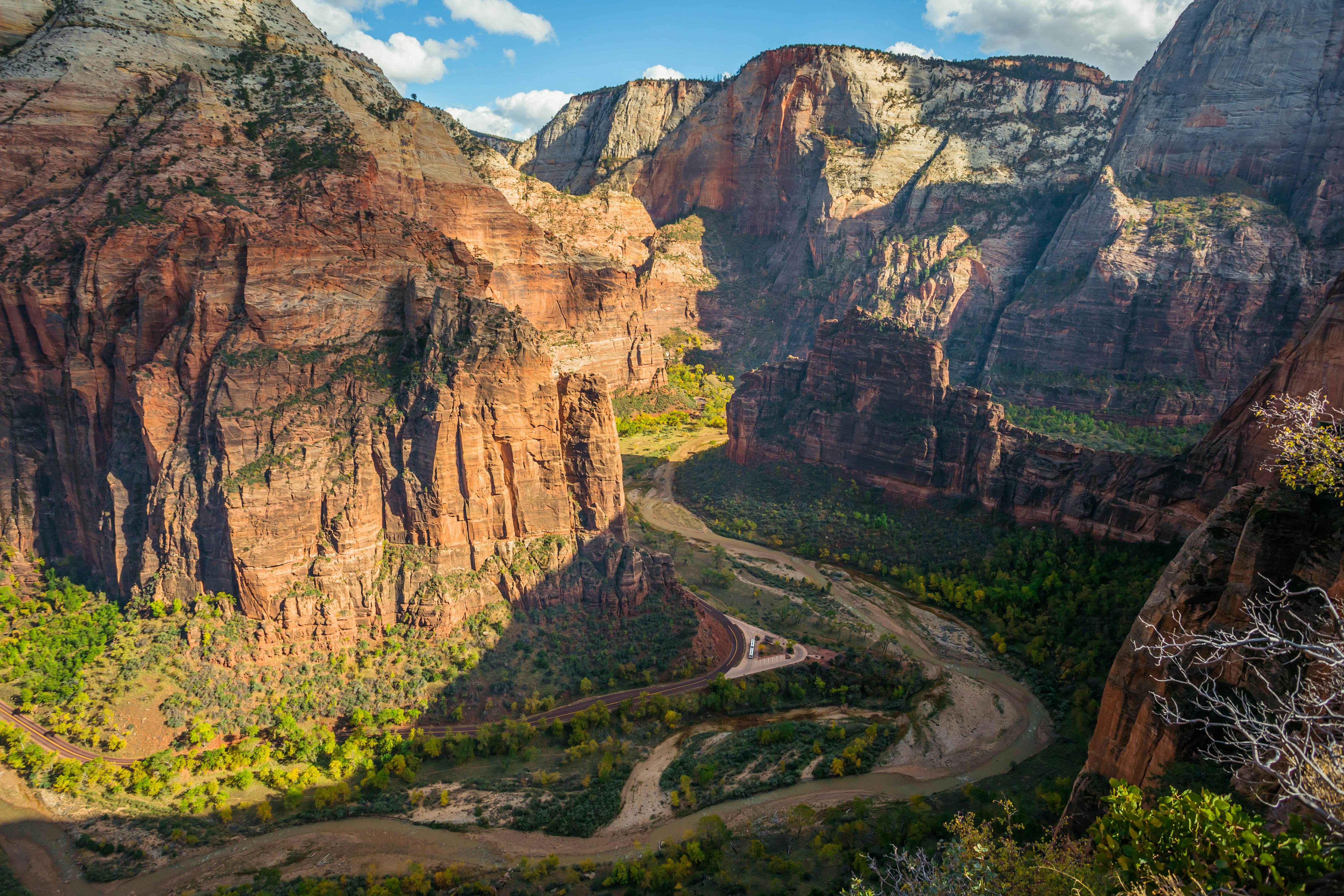
7. Zion National Park
Best for epic canyon hikes
Zion means “holy place” or “kingdom of heaven,” and for many outdoor enthusiasts, that’s an apt description of this stunning national park where 1000ft red sandstone cliffs rise precipitously above meandering rivers, sere desert and mixed woodlands. Opportunities abound to immerse yourself in the scenery, from easy day hikes to multi-day backcountry trips where you can pitch a tent in a remote location beneath brilliant night skies. Among the most iconic experiences are the hike to the top of 1488-ft Angels Landing, a rock formation with panoramic views of Zion Canyon, and the hike (or scramble) through The Narrows, where the Virgin River squeezes through 2000-ft-high sheer rock walls only 20 feet apart in places.
8. Bryce Canyon National Park
Best for fantastical rock formations
Though only about 50 miles from Zion as the crow flies, Bryce Canyon is a distinctly different desert landscape. Here, red rock spires known as hoodoos have been sculpted by the elements into fantastical shapes, as if Mother Nature had drawn her inspiration from a Dr. Seuss book. Hiking trails wind among the formations, giving an intimate sense of the desert landscape and the forces of nature that have worked their magic. Bryce Canyon is a place of strong colors – the red of the rock contrasting with the green of trees, the (usually) blue of the sky and, in winter, the abundant snow that makes the park a popular spot for cross-country skiing and snowshoeing.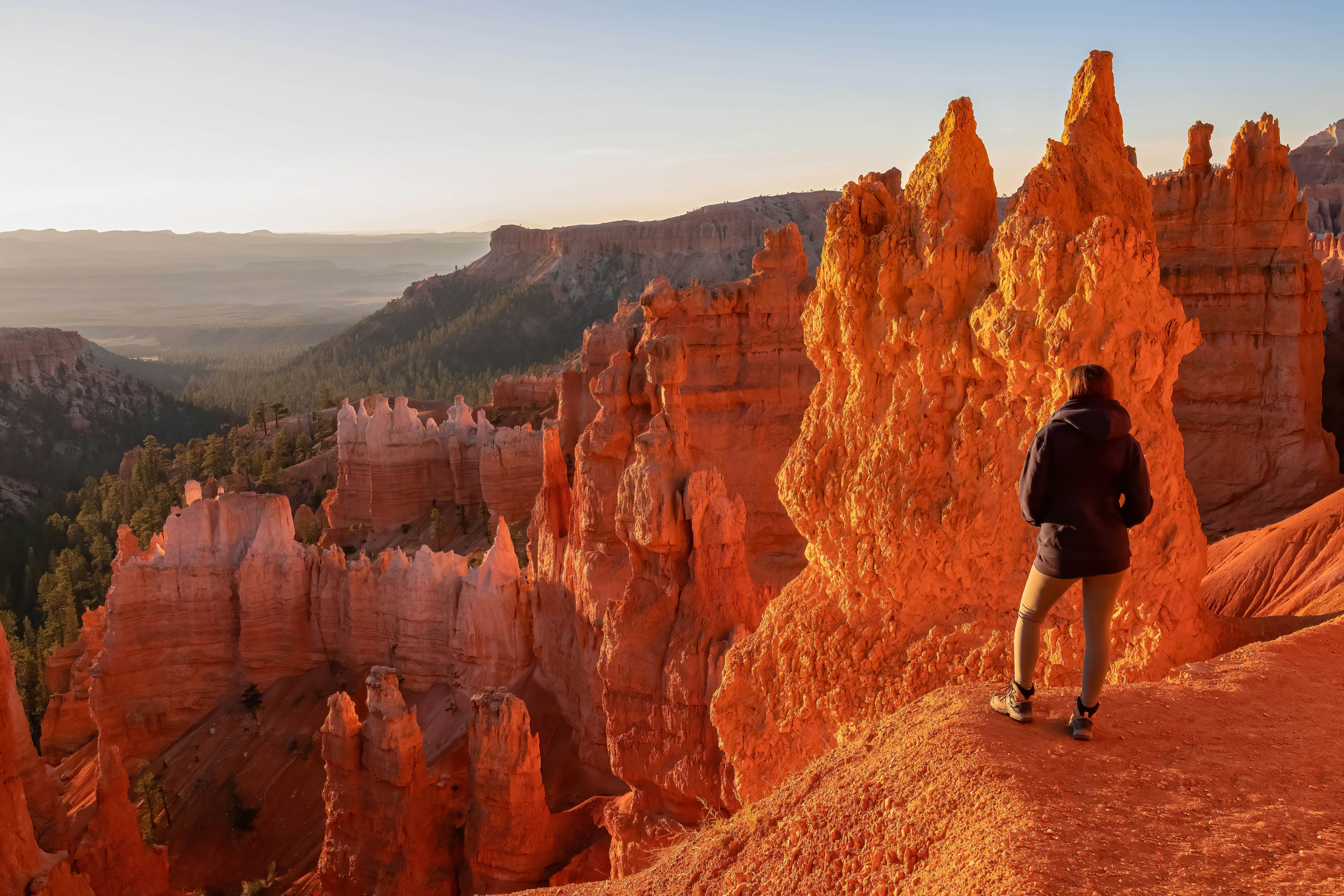
9. Arches National Park
Best for spectacular natural arches
There are more than 2000 natural sandstone arches in this park, the greatest concentration found anywhere in the world. Many of them are soaring formations that frame the scenery, including Landscape Arch, with the longest span in North America (306ft) and Delicate Arch, arguably the most famous natural stone arch in the world. Seen in the golden light of morning or late afternoon, the red of the stone takes on a warm glow. Equally dramatic is the sight of a magnificent arch shadowed against the brilliance of a night sky free of light pollution. Plenty of spectacular scenery can be seen from the road or with just a short walk, but there are also excellent hiking and rock climbing opportunities to immerse yourself more deeply in the landscape.
10. Glacier National Park
Best mix of alpine scenery and wildlife
Glacier National Park straddles the Continental Divide, which marks the dividing line of rivers flowing toward the Atlantic and Pacific Oceans. Open when snow-free (usually early July to early October), the magnificent Going-to-the-Sun Road climbs from west to east (or vice versa) across 6646-ft Logan Pass, ascending from forested valleys with sparkling glacial lakes to alpine tundra at the top of the pass. The park’s ecosystems are home to abundant wildlife, including grizzly bears, moose, beaver, bighorn sheep, elk and mountain goats. More than 700 miles of trails traverse the park, ranging from easy short hikes to challenging multi-day backpacking routes. The roughly two dozen glaciers that gave this spectacular alpine national park its name are shrinking rapidly due to climate change, so go now if you want to see them before they’re gone.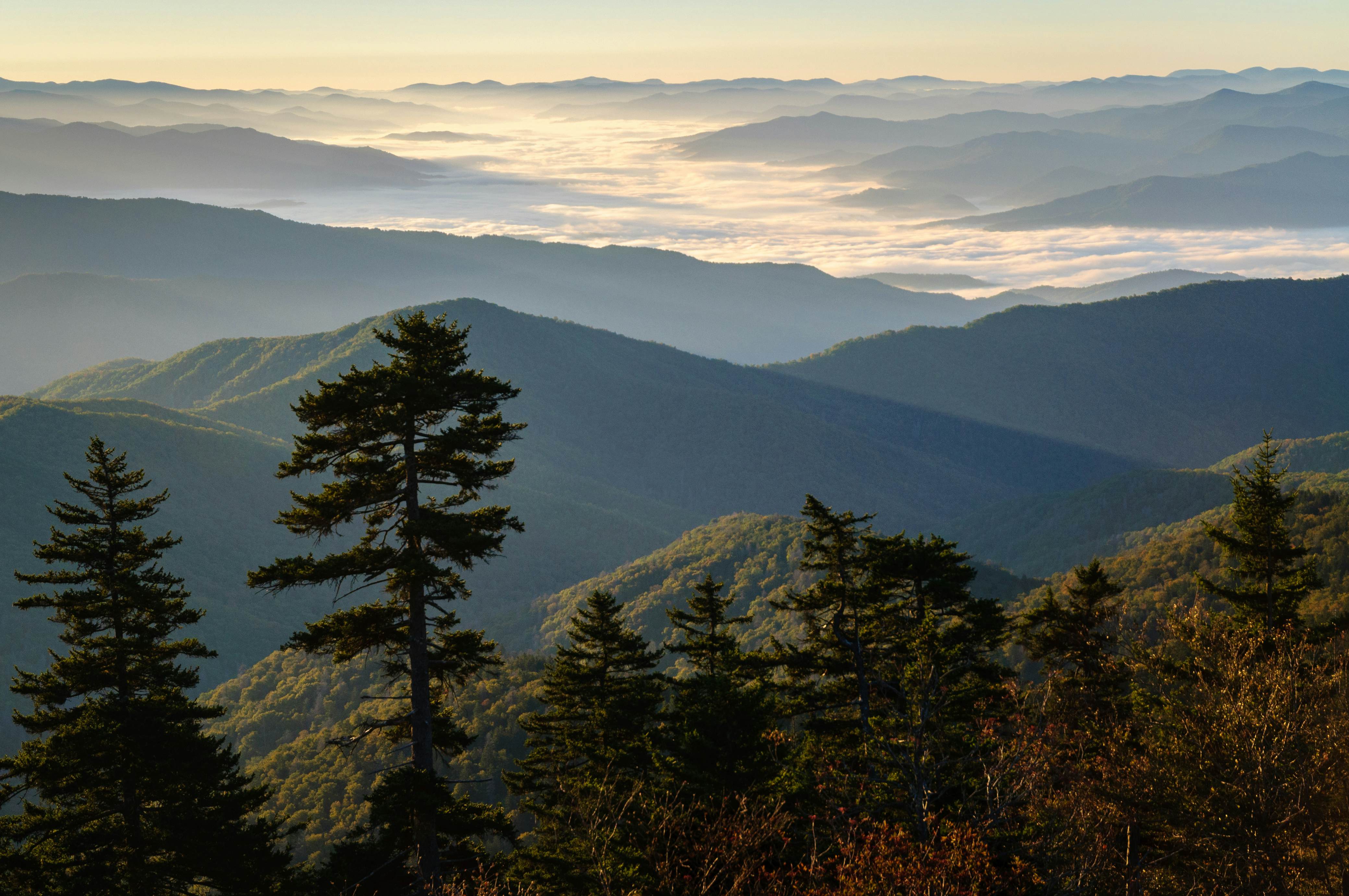
11. Great Smoky Mountains National Park
Best for biodiversity and fall foliage
Straddling the border between North Carolina and Tennessee, Great Smoky Mountains is home to more than 19,000 documented species of plants and animals – the most among all national parks in the United States – including a large population of black bears. The mountains here are much older and more eroded than the higher, more jagged peaks of the western United States, but they are no less scenic, particularly in the autumn when the turning leaves cloak the slopes in shades of red and gold. The 2000-mile Appalachian Trail traverses the park along the ridgeline. Other trails lead to numerous waterfalls, as well as scenic viewpoints, including Kuwohi (formerly Clingman’s Dome), the highest point in the park at 6643ft.
12. Sequoia & Kings Canyon National Parks
Best for supersized trees and landscapes
Located in California’s Sierra Nevada mountain range, these two adjacent parks, managed as one, are superlative in every way. Here, you’ll find great stands of giant sequoias, the world's largest trees, as well as the highest mountain in the contiguous 48 states (Mount Whitney, at 14,505ft). Kings Canyon is the second-deepest canyon in the United States – more than 1600ft deeper than the Grand Canyon. Opportunities abound for both day hikes and longer wilderness backpacking trips, as well as recreational activities on and around the parks’ wild, scenic rivers, many waterfalls, and thousands of lakes and ponds. Guided horseback riding and tours of some of the parks’ many caves are also available (book well in advance).






















